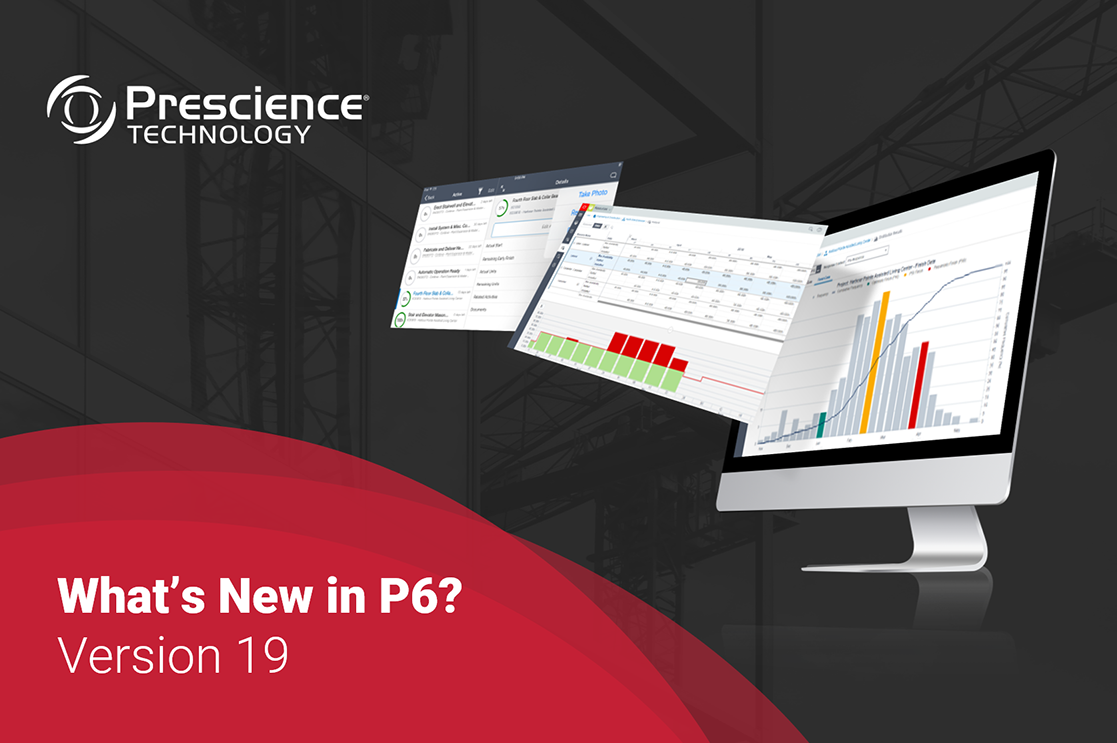It’s worth considering all your options as a hosted cloud provider may be a better answer.
With all the talk about ‘moving to the cloud’, if you haven’t yet started operating this way, you could be forgiven for feeling a little left behind. ‘Cloud’, and SaaS in particular, has become a bit of a buzz word and it is a great option – but like any technology solution, you have to make sure it’s fit for purpose.
From our perspective, there are a couple of important distinctions when it comes to the cloud – which are characterised by answering the question: Are you talking about infrastructure or applications when you talk about the cloud? I think it’s a difference that could be better defined, even within the IT community, but especially for our broader business counterparts.
For me, a true cloud applications solution – or SaaS solution – usually involves a multi-tenanted approach: you effectively rent space from a provider and they do everything for you – the software, the data hosting, security, upgrades etc. Essentially, they provide the ‘application’ and you can access it anywhere, any time it suits you. Everyone uses the same system but your records and information are segregated from others.
The big advantage of this is that it’s elastic – as demand grows and contracts, so can the system. This means that if you need to add 200 users, all you need to do is set them up, as there is no need to worry about whether you have sufficient underlying capacity. And because it’s in one place, you can do it quickly. You pay either per user or perhaps for a set period of time.
Your IT team still has to manage the services that you require but you have a range of collaboration options and interconnectivity not usually available with more traditional on-premises solutions, provided you are happy to have exactly the same solution as everyone else.
However, if you want a degree of customisation and still want to take advantage of lower costs and increased collaboration, what are your options?
While some (limited) customisation may be available in the premium versions of SaaS applications, I’d suggest this would be a good segue for you to consider hosted cloud services. For those who are a little nervous about moving to the cloud, it’s a good interim step. And, depending on the applications you use, it may well be the optimal solution.
Some people refer to this as ‘cloud infrastructure’. A hosted solution involves taking an on-premises system and putting it on someone else’s servers, which these days may well be ‘in the cloud’. The ‘infrastructure’ part comes from also outsourcing the configuration and ongoing maintenance. In this model, you retain ownership of the software, the system, the solution and above all, the data. So, if you don’t like your provider or the way they do things, you can simply (relatively speaking) pick up your system and move to another host. And whatever you decide – this ability to “lift and shift” your data and solution to another location should be a condition of your solution’s suitability and selection process (in my very humble opinion). Data access and ownership is one of the greatest potential risks of running with (and trying to extract yourself from) a SaaS solution, particularly if you fail to understand these responsibilities and obligations upfront.
There are some limitations to hosted cloud solutions – for example, if you want to expand you need to check that your host has sufficient capacity, and it may cost time and money to add those additional users, resources or bandwidth.
The big advantage though is that someone else is doing it: your IT team doesn’t have to spend time managing a system with which they may not be familiar and instead can focus on other business issues. Often, there is an advantage in speed to service as well, in terms of hosted cloud solution providers being equipped to construct and deconstruct solutions quickly, effectively and with a high degree of efficiency. This is especially relevant if it’s a system that’s not widely used or for which skills are particularly expensive or scarce. Organisations like ours, who are specialists in a particular technology – such as Oracle Primavera – can know more about a specific solution and can get it up and running quickly and typically more cost effectively.
It’s for this reason that we believe there is an increasing move towards applications like Primavera being hosted off-premises, but in an environment that is still owned very much by the client organisation. Prescience is currently managing this type of solution for a number of clients. It frees up their technology team and by having the application managed by subject matter experts, such as our team, there is an accelerated implementation and immediately effective support framework, which means a better (and faster) return on investment.
While the client company still purchases the licenses, the hardware and costs such as network usage and power, etc. are factored in to the up front and ongoing monthly fees.
Another advantage of this kind of locally hosted solution is that you have greater certainty about just where your data is located. This means that you can ensure that your practices comply with relevant regulatory requirements.
So if you want to move toward the cloud but aren’t sure about taking the full leap to SaaS, perhaps a hosted solution is what you need. Our team is more than happy to have a conversation about the pros and cons of cloud, in its many forms, so please don’t hesitate to contact us.





